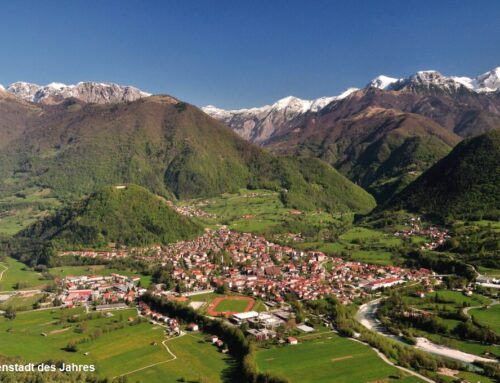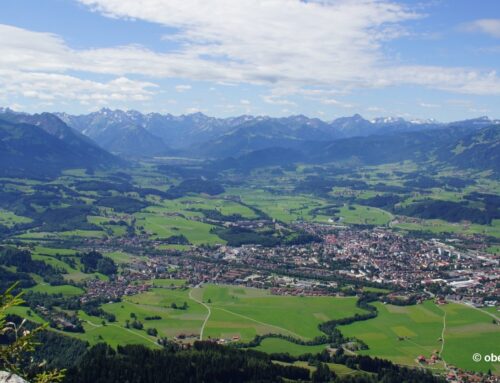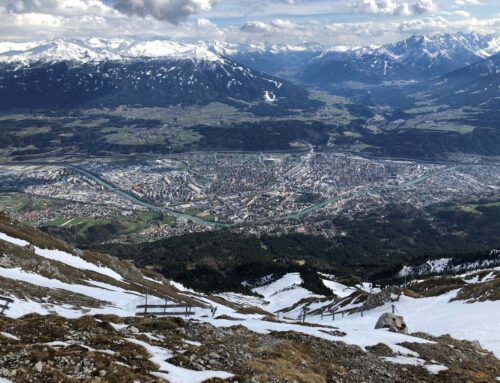Damian Jerjen is an experienced spatial planner with a nationwide network. Since 1 December 2019, he is the director of the spatial planning association EspaceSuisse. The association was established in 1943 as the Swiss Association for National Planning. Since then, it has linked all actors in spatial and transport planning, lawmaking and architecture in order to promote a well-coordinated spatial development that uses land resources efficiently.
For the Alpine Towns Blog we asked Damian Jerjen a few questions:
What is your favorite Alpine town and why?
Sion, the capital of the canton of Valais in Switzerland, is a unique example. Even though it has not (yet) been awarded as an Alpine town as far as I know. As a cantonal planner, I worked there for 10 years and experienced the development of the city. In 2013, Sion received the Wakker Prize for the exemplary redesign of the public spaces and the appreciation of the architectural heritage. In addition, the area around the railway station is currently undergoing quality densification and an entire neighbourhood in the south (Ronquouz 21) is under long-term development. As a veritable Alpine town, Sion is also a transport hub for the side valleys and flanks of the Mittelwallis, e.g. with the planned cable car connection from the main station to Veysonnaz. Furthermore, Sion is one of the two core towns of the Mittelwallis agglomeration, which comprises a total of 20 municipalities and almost 100,000 inhabitants.
Do you think there is something different about Alpine towns and their urban development because of the Alpine landscape?
Apart from the topography in which they are embedded, Alpine towns are very similar to non-alpine towns. Due to their location (often in the multifunctional main alpine valleys), they have an essential centre function. The major challenges Alpine towns face are also a climate-friendly and high quality densification and the creation of urbanity and settlement quality. Whereby settlement quality includes many aspects (attractive outdoor spaces, high construction standards, short distances, identity, mix of uses and population, traffic-calmed and low-emission areas, etc. see also).
How can cooperation among different actors in Alpine towns be encouraged (also across national borders) for an efficient spatial development?
Regional cooperation is a principal task of Alpine towns considering their function as a centre. With the agglomeration programmes, Switzerland has a very good instrument that supports the inter-municipal harmonization of settlement development with mobility and landscape.
The Alpine region is often perceived as a peripheral space – however, especially in the main valleys many people live very densely and urban: is the often-quoted paradigm of the out-migration space (”Abwanderungsraum”) still contemporary?
Switzerland is a very small country and most of the Alpine areas are well connected and provide basic services. Nevertheless, some remote regions are affected by migration. These rural peripheries could certainly benefit from digitalisation. Especially during the Covid-19 pandemic, rural areas have become more attractive and people have had positive experiences with remote work (also from the holiday residence).
How does EspaceSuisse support the spatial development of different territories and settlements of various sizes?
EspaceSuisse informs, advises and supports cantons, cities, municipalities and private companies in planning, construction and legal matters. This often involves questions about inner development and settlement quality.




